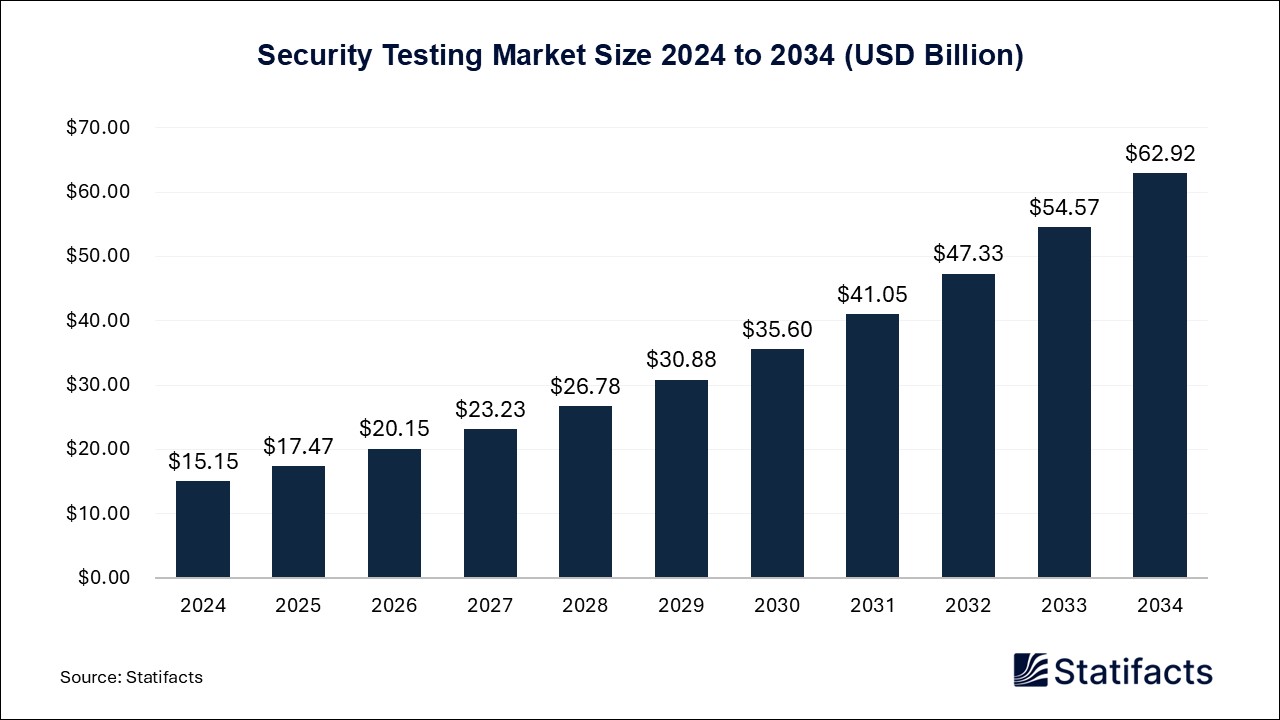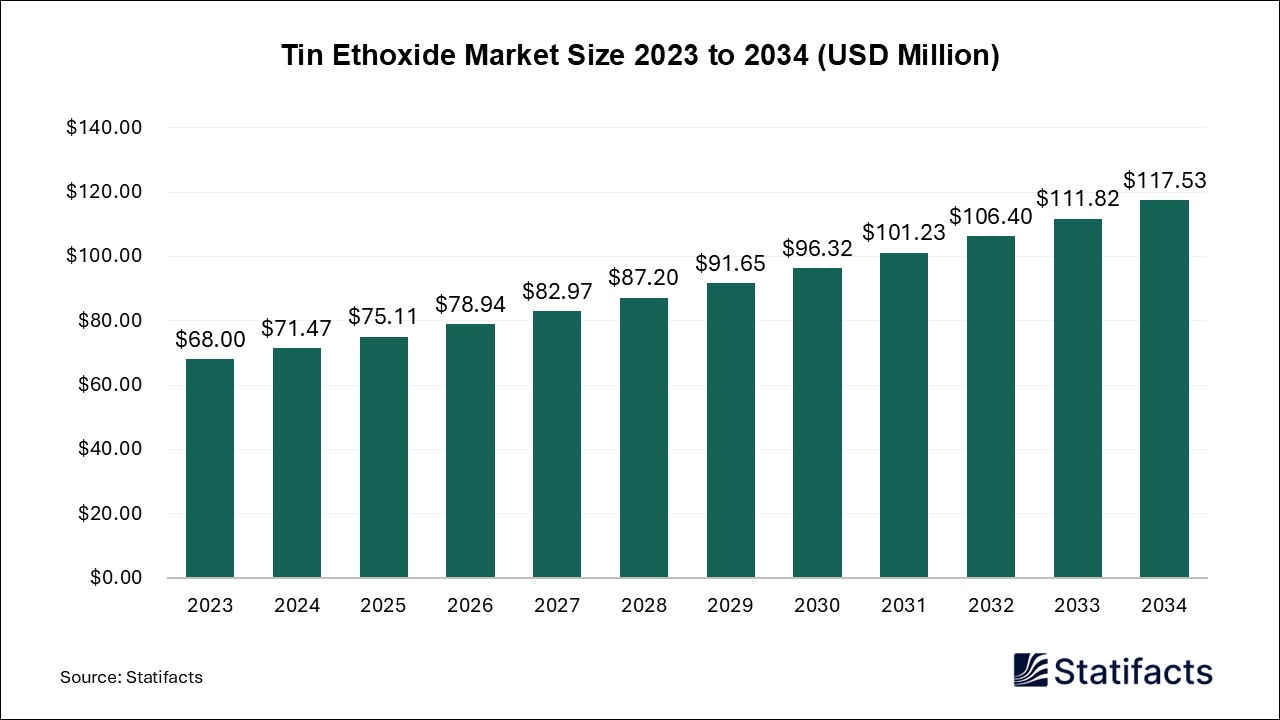Last Updated: 09 Jul 2025
Source: Statifacts
By clicking “Accept All Cookies” you agree to the storing of cookies on your device to enhance site navigation, analyze site usage, and assist in our marketing efforts.
Privacy PolicyUS Power Generation Market (By Application: Solar, Wind, Hydroelectric, Thermal) Industry Size, Share, Growth, Trends 2025 to 2034
The US catheter manufacturing technologies market size was calculated at USD 9.51 billion in 2024 and is predicted to attain around USD 36.75 billion by 2034, expanding at a CAGR of 14.47% from 2025 to 2034. Expansion of ambulatory surgical & specialty centers globally, rising demand for minimally invasive surgeries, growing global geriatric population base, and increasing prevalence of cardiovascular diseases are driving the growth of the U.S. catheter manufacturing technologies market.
| Industry Worth | Details |
| Market Size in 2025 | USD 10.93 Billion |
| Market Size by 2034 | USD 36.75 Billion |
| Market Growth Rate from 2025 to 2034 | CAGR of 14.47% |
The U.S. catheter manufacturing technologies market refers to the production, distribution, and application of catheter manufacturing technologies, which is a complex and highly regulated process that involves the manufacturing of medical devices used for various purposes. A catheter is a tube that is inserted into our bladder, allowing our urine to drain freely. The most common reasons for using a catheter are to rest the bladder following an episode of urinary retention and to rest the bladder after surgery, most commonly bladder, bowel, or urinary tract surgery.
Expansion of ambulatory surgical & specialty centers globally, rising demand for minimally invasive surgeries, growing global senior population base, and increasing prevalence of cardiovascular disorders are driving the growth of the U.S. market.
The artificial intelligence (AI) catheter is also mainly useful for the posterior and anterior takeoff. For the right coronary artery (RCA), in the case of a common transverse origin with a normal aorta, Judkins right (JR) 4 allows us to perform most interventions, downsizing to 3.5 or upsizing to 4.5-5, as needed. For urologists, AI represents a transformative opportunity for improving care at every stage of care for the surgical patient, including diagnosis, surgical management, and postoperative follow-up. AI-based tools can streamline and improve several aspects of patient management, from monitoring to decision making. The main benefit of AI is its versatility, its ability to improve efficiency, automate processes, and generate insights across industries. From transforming healthcare with faster diagnostics to improving business operations with intelligent automation, AI is fundamentally changing how we work and live.
Expansion of ambulatory surgical & specialty centers globally: Unlike the traditional hospital system, ambulatory surgical & specialty centers are designed with patient convenience in mind. Ambulatory surgical & specialty centers refer to medical services performed on an outpatient basis, without admission to a hospital or other facility. These centers may offer more flexible scheduling, enabling patients to undergo procedures at times that are convenient for them. Medicare-certified ambulatory surgical centers (ASCs) operate exclusively to provide surgical services to patients who do not need hospitalization and whose expected duration of services does not exceed 24 hours.
Andre Rosales, Vice President and General Manager of Stryker’s Endoscopy business, said, “Stryker partnered with our surgeon users to design the 1788 platform to be a powerful partner in the OR and to enhance the surgical experience across specialties. This is another way in which Stryker is living up to its rich legacy of delivering the most innovative surgical technology to help surgeons support improved patient outcomes.”
The braiding segment held a dominant presence in the U.S. catheter manufacturing technologies market in 2024. Braiding technology has potential for reducing costs. The benefits of braiding in catheters include customizable flexibility, enhanced kink resistance, increased pushability, and improved torque control. Braiding provides strengthening and mechanical reinforcement to the catheter. Several catheters are metal braiding, advances in polymer technology leading to the development of enhanced monofilament and fiber braiding. Medical professionals rely on braided catheters for their reliability and consistent performance across many clinical scenarios. Braided catheter medical tubing provides many benefits, including torque transmission, column strength, and burst pressure resistance.
The laser welding segment is expected to grow at the fastest rate in the U.S. catheter manufacturing technologies market during the forecast period of 2025 to 2034. Laser welding’s main benefit over traditional technologies is that it is cooler, resulting in fewer internal stresses in the joint. This process achieves a strong bond in applications in which the weld only penetrates less than 1 mm deep. In the medical industry, laser welding is transforming the market by offering manufacturers a versatile yet effective method for fabricating high-quality medical devices that meet the stringent requirements of this industry.
Coiling in catheter designs, featuring an internal helical-coil spring, are generally chosen for their enhanced kink resistance, which helps to prevent the catheter from twisting and collapsing as it progresses through tortuous vessels. This allows quicker, easier, and more successful procedures. The coil can be adapted in many ways by playing with the diameter, pitch, and stiffness. This can enhance the device’s ability to resist deformation.
RF (Radio Frequency) Welding of catheter has excellent healing properties and is reliable and robust. It can accurately control the temperature and heating evenly, ensuring the catheter quality. The RF welding process is fast and efficient. It is suitable for large-scale production, which is generally completed within a few seconds.
Reflow technology in catheters, also called a catheter lamination machine, is a device specially designed to heat and reshape the catheter, especially for the processing of multi-layer catheters. This machine controls the pressure and temperature to make the catheter material flow during the lamination process, thus ensuring a good bond between the different material layers.
Over 160 countries where it operates. It operates in the medical devices, nutritional products, diagnostic products, and pharmaceutical products sectors around the world.
It operates in about 60 countries. It operates in the medical technology and healthcare industry sectors around the world.
About 127 countries where it operates. It operates in the medical device sector, including pelvic, urology, neuromodulation, endoscopy, and cardiovascular health, around the world.
| Segments | Shares (%) |
| Braiding | 30% |
| Coiling | 20% |
| RF (Radio Frequency) Welding | 18% |
| Laser Welding | 22% |
| Reflow Technology | 10% |
Published by Kesiya Chacko
| By_Process | 2024 | 2025 | 2026 | 2027 | 2028 | 2029 | 2030 | 2031 | 2032 | 2033 | 2034 |
|---|---|---|---|---|---|---|---|---|---|---|---|
| Braiding | 120.15 | 131.71 | 144.15 | 158.40 | 173.38 | 189.92 | 208.14 | 226.38 | 247.38 | 270.88 | 295.93 |
| Coiling | 80.10 | 87.85 | 96.36 | 105.22 | 114.98 | 125.72 | 135.95 | 149.21 | 163.01 | 176.17 | 192.63 |
| RF (Radio Frequency) Welding | 72.09 | 78.87 | 86.38 | 94.67 | 103.93 | 114.60 | 125.82 | 138.91 | 153.34 | 168.68 | 184.45 |
| Laser Welding | 88.11 | 97.01 | 107.53 | 118.21 | 130.08 | 142.80 | 158.49 | 175.09 | 192.71 | 213.12 | 235.92 |
| Reflow Technology | 40.05 | 43.62 | 46.93 | 51.21 | 56.15 | 61.20 | 66.92 | 72.67 | 79.24 | 87.31 | 95.44 |
Last Updated: 09 Jul 2025
Source: Statifacts
| Subsegment | 2024 | 2025 | 2026 | 2027 | 2028 | 2029 | 2030 | 2031 | 2032 | 2033 | 2034 |
|---|---|---|---|---|---|---|---|---|---|---|---|
| Braiding | 120.15 | 131.71 | 144.15 | 158.40 | 173.38 | 189.92 | 208.14 | 226.38 | 247.38 | 270.88 | 295.93 |
| Coiling | 80.10 | 87.85 | 96.36 | 105.22 | 114.98 | 125.72 | 135.95 | 149.21 | 163.01 | 176.17 | 192.63 |
| RF (Radio Frequency) Welding | 72.09 | 78.87 | 86.38 | 94.67 | 103.93 | 114.60 | 125.82 | 138.91 | 153.34 | 168.68 | 184.45 |
| Laser Welding | 88.11 | 97.01 | 107.53 | 118.21 | 130.08 | 142.80 | 158.49 | 175.09 | 192.71 | 213.12 | 235.92 |
| Reflow Technology | 40.05 | 43.62 | 46.93 | 51.21 | 56.15 | 61.20 | 66.92 | 72.67 | 79.24 | 87.31 | 95.44 |
Rising demand for minimally invasive medical procedures and expansion of home healthcare services are fueling the need for advanced catheter production technologies and facilities.
Advancements like antimicrobial coatings, AI-aided design, and intravascular imaging catheters enhance performance, safety, and precision in catheter-based therapies.
FDA clearance and compliance with quality standards enable manufacturers to expand product portfolios and deploy advanced manufacturing capabilities, cutting-edge cleanrooms included.
Hospitals dominate consumption due to high volumes of cardiovascular, neurologic, and urologic procedures, while online and non-retail channels are the fastest-growing distribution route.
Manufacturers face supply chain fragility, tariff impacts, and high re-shoring costs, straining timelines and driving up pricing.
To get full access to our Market Insights, you need a Professional Account or a Business Suite.

You will receive an email from our Business Development Manager. Please be sure to check your SPAM/JUNK folder too.

You will receive an email from our Business Development Manager. Please be sure to check your SPAM/JUNK folder too.

Our customers work more efficiently and benefit from



